Part of a series of history books that belong in every American’s library. Recommendations welcome.
My father is a George Custer fanatic. He’s been to Little Big Horn on numerous occasions, photographed seemingly every inch of it, and loves to re-create and speculate on the battle. Of the stack of nine books on Custer that I read for one of my graduate classes, eight of them belong to him. The ironic thing is that my father is not an historian and is a fan of the American West in only a limited sense; his fascination with Custer illustrates the hold the character of Custer has on people today, a hold little changed from Custer’s own time. People either love him or hate him, admire him or scorn him, and quite often mix a little of both. This odd mixture seems a reflection of Custer’s contradictory character itself.
The present volume* is one that I purchased for my dad as a birthday present a few years ago. He was talking about a certain incident that he had read of Custer in a couple of books but wanted to find the source for: Custer accidentally killing his own galloping horse by shooting it in the head. While I had read almost nothing of Custer, I happened to have My Life on the Plains on my hard drive and in five minutes was able to locate the source: Custer himself. Dad was impressed, but I was intrigued: what kind of a man shoots the horse upon which he is riding? And more than that, what kind of a bonehead tells the world about it?
My Life on the Plains is a collection of Custer’s stories, published in a magazine called The Galaxy between 1872 and 1874, which recounts his adventures in Kansas and the West from 1867 through 1872. Custer was already a household name when he wrote them, having risen to fame as the youngest general – and one of the best cavalry commanders – in the Union Army, present at the first battle of the Army of the Potomac and the last. Since the stories were written during one of Custer’s several semi-retirements, they are not ‘dispatches from the field’ so much as reminiscences designed for public consumption. Custer is the focal point of the stories, which is not unfitting, given that both Custer and the public were immensely interested in Custer’s deeds.
But they also take on an apologetic character. For a number of the actions he recounts, sometimes springing from his enthusiasm and lack of foresight, had brought him no little criticism in the Army’s higher echelons and even among the public itself. Thus in some sense they give us Custer’s ‘side’ of Custer’s story. Even in those rare cases where they might not present Custer as he saw himself, they do present him as he wished to be seen by others.
The chapters open with a description of the Great Plains for the Galaxy’s readers who may not have been familiar with its geography or contemporary politics. Custer describes the rivers and mountains, the oceans of grass. But most importantly he describes the native inhabitants, and it is this description which gives us no little insight into Custer’s opinion of his opponents. To Custer, the Indian “forfeits his claim to the appellation of the noble red man.” While clever and adaptable, the Indian is to Custer lawless, violent, and of a “cruel and ferocious nature [which] far exceeds that of any wild beast of the desert.” This nature makes him an animal in human form and disqualifies Indians from all human rights, “even those pertaining to life itself.” Custer is a fanatical hunter of wild animals, so much so that General Sheridan had to give him specific orders during later campaigns not to leave his men so as to hunt, and it is perhaps not unfair to surmise that Custer considered his enemies as just more beasts to be hunted. “It is to be regretted,” Custer says, “that the character of the Indian as described in Cooper’s interesting novels is not the true one.” Frankly, I doubt Custer regretted it all that much.
It is Custer’s love of the hunt which led him to commit the deed for which my father was seeking a source. For while leading a regiment of men during Hancock’s 1867 campaign near Fort Hays in western Kansas, Custer spied a dozen or so antelope while on a scout. Satisfied that the Indians he was tracking were a full day’s ride ahead, he took off after them with his ever-present hunting dogs in pursuit. The bugler who was his only human companion gave up the chase early, his dogs gave it up soon thereafter, and the antelope escaped, leaving Custer by himself. It was then that he spotted a lone buffalo, of immense size and “lofty grandeur” about a mile further distant.
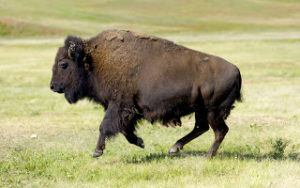
A prudent man would have remembered his duties, but Custer has never been accused of undue prudence. Giving his horse a chance to regain its strength by walking it along a ravine out of sight of the buffalo, Custer then sprang back upon it about 100 yards from the buffalo and gave chase. The buffalo ran, how far Custer never knew, with the semi-exhausted horse slowly gaining. Even when he had caught up to the beast, Custer was loth to let the chase end, for while he had his revolver in hand for most of it, he repeatedly put it away and drew it out again, putting off that final moment of triumph, and consistently placing more distance between himself and the cavalry for whom he was nominally responsible. Finally, the buffalo had enough and swerved into Custer’s horse. Custer, in the process of trying to keep control of his mount, swung his pistol hand across his body to steady himself. While doing so, he accidentally fired his sidearm into the horse’s brain. The horse went down in a heap, Custer spilled over it in a tumble of dust, and the buffalo stopped, took a look at his tormentor sprawled on the ground, and sauntered off. So here was Custer, alone he knew not where, in the middle of hostile territory with a dead horse. Once his dogs finally found him, Custer, making his best guess at its direction, began the long slog back to camp. He was eventually discovered by a troop of his own men, whom he then sent off to recover his saddle. Custer’s luck had held out again.
Nearly every facet of Custer’s character for which he is reviled can be illustrated in this episode; his recklessness, his impetuousness, and the obliviousness that led him to forsake his responsibilities in pursuit of the excitement of the moment. Custer himself admitted that the episode was “rashly imprudent.” Even as a seasoned commander Custer remained, in the words of General McCleland, “simply a reckless, gallant boy,” never bothering to learn the obvious lessons from such errors. To Custer, he had “unluckily” placed himself in great danger, and luck had gotten him out of it. All ended well enough for him in this instance, though several of those attributes would eventually catch up to him in the end.
But Custer’s occasional lack of regard for the responsibilities of his position was not limited to abandoning his post in pursuit of fun. Though he refused to submit personally to discipline, he became a fierce disciplinarian when faced with troops not overawed by his personality. And while seemingly immune to fatigue, he did not recognize that other men did not share the same iron constitution. It is thus in his chapter titled White Deserters and Red Massacre. It seems that after a number of battles and a long marches, about 40 of his men had finally had enough and secretly abandoned the regiment one night. The next day, up to a third of the men attempted the same feat in broad daylight, a manner of desertion almost unheard of. Custer properly acknowledged the substandard rations that the men were given as forming a part of their unhappiness, but chalks up the rest to the nearby mining districts where good wages were available to all comers. It does not seem to have crossed Custer’s mind that one reason so many of his men were willing to face the wrath of hostile Indians was because they thought undertaking a series of 50-hour forced marches, covering up to 150 miles each, with no food, was even worse!
It is during Custer’s recounting of the Battle of Washita that the book’s apologetic nature is best displayed. In familiar Custer fashion, he had decided to attack Black Kettle’s Washita village, secured in the woods and protected on one side by a river, and hosting an unknown number of hostile warriors. Even Custer’s Osage guides doubted the wisdom of the plan, and hung out behind the standard-bearer where they could watch the battle and beat a hasty retreat if the unprecented wintertime attack went south for Custer. It didn’t – after a vicious firefight in the woods he captured the village, killed about 900 ponies, and then pulled his men and prisoners out of the area when warriors from nearby villages – unexpected and unscouted – poured in toward the sounds of gunfire.
But not all of his men got out. Early in the battle a detachment of 19 soldiers led by Major Joel Elliot disappeared, or rather, they had been discovered missing after the battle. After a pathetic search, Custer conducted an advance of “determination and rapidity” in the opposite direction of the oncoming Indians. The bodies of Major Elliot and his men, “stripped and mutilated…in the most savage manner” were discovered upon a return to the battlefield the next month, a mere two miles from the village. They had been cut off and overrun – not an uncommon occurrence – and yet their proximity to the village put the lie to Custer’s claim that a search had actually been made. In the intervening period, Custer had been lambasted in the ranks and the press; Captain Frederick Benteen himself had even written an anonymous letter that had been published in a St. Louis newspaper excoriating Custer for his unseemly retreat. While Custer’s own writings contain claims of a thorough search and orderly withdrawal – and while he gained a new reputation as in Indian fighter – it was obvious that his men did not see things the same way, and his men had the facts, in this case the bodies, on their side.
Perhaps reacting to this criticism, Custer on numerous occasions throughout the book recounts his concerns for the safety of Major Elliot’s detachments and their habit of becoming separated from the rest of the body for long periods of time. Major Elliot may have been as impetuous and unconcerned about the welfare of his own troops as Custer seemed to be on occasion for the whole regiment. If so, his end was a foreshadow. Or it may be that, as the editor alleges in the book’s introduction, the aftermath of the Battle of the Washita was the only time in his career in which Custer lost his nerve, and he took some liberties with the facts to cover that over.
The majority of the book, lying between the futile buffalo hunt and the Battle of Washita, relates a dozen similar stories, though seldom told in so much detail and never of such import, recounting the perfidy of the Indians and the gallantry of General Custer while performing identical acts. Custer’s life on the plains consisted of long periods of marching and camping and boredom, interspersed with furious firefights, double-crosses, and inhuman slaughters. But the value of this book does not lie principally in the actions of this period, for 1867-1872 was something of a lull for Custer, lying as it did between his heroism during the Civil War and his infamous defeat at Little Big Horn. The value of the book lies in Custer’s own description and illustrations of his personality, his boyish enthusiasm and his monumentally poor judgment. It is the combination of these two which makes Custer such a fascinating historical study.
* George Armstrong Custer, My Life on the Plains (New York: Promontory Press. 1995).

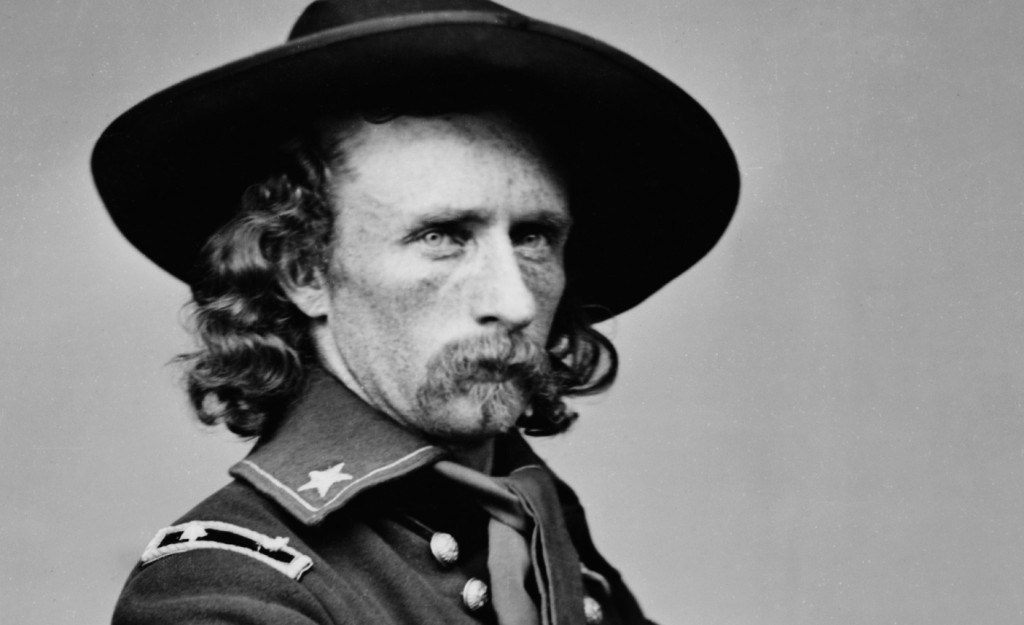




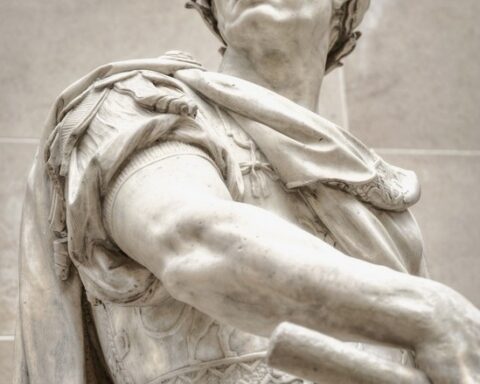
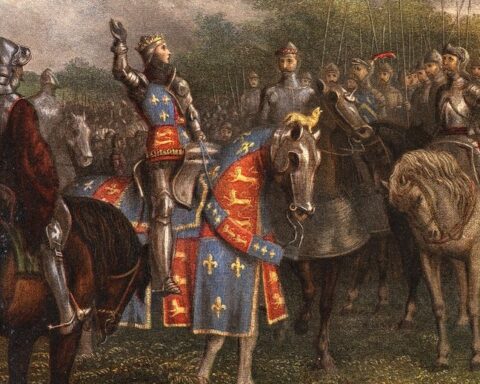
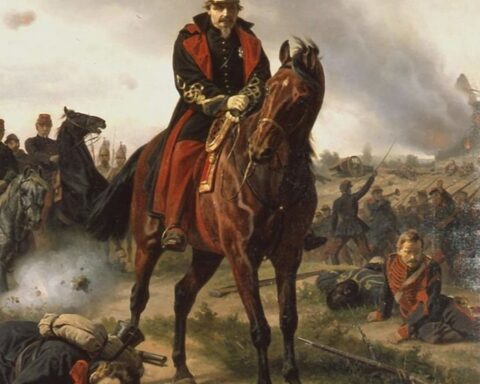
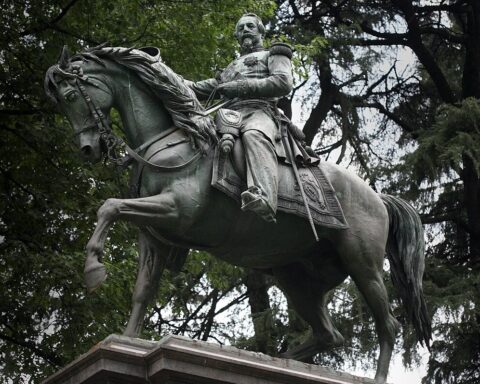
Apparently, Custer assembled his officers after Benteen’s letter was published. He was ranting and berating them, demanding to know who had written it. Benteen stood up, drew his revolver, and said “I wrote it,” as he placed percussion caps on the chambers. Custer then said “ We will discuss this further,” but dropped it.
Almost bought you a really old Custer book at used bookstore in Joplin way back in the day. You were writing on such at the time. I think about it occassionally and regret not doing it. Y’all may have it anyway.
Thanks for the excellent review. I had a Great^n Uncle who served under Custer and ended his days in Andersonville after being captured. It was interesting learning more about Custer’s post-war career. I see there’s a Kindle edition for $0.99:
http://amzn.to/2BvV4NG
Interesting story, but there are points of view that are far more sympathetic to Custer’s reputation. A TERRIBLE GLORY by James Donovan is a book I bought at the Little Big Horn site and which gives the best account of the actual campaign that I have read. Especially interesting was the role played by Major Marcus Reno. I have often wondered if the Janet Reno of Waco fame was a descendant of his.
GLORIOUS WAR by Thom Hatch is about Custer’s Civil War career, and refutes the charge that he was reckless and disliked by his men. His superiors were offended by his unorthodox tactics and possibly by the fact that he usually won, but his men loved him. From other sources I have read I can readily understand his opinion of native Americans. The Gutenberg Project is an excellent source for contemporary observations of their beliefs and customs.
My own interest in these topics was piqued when I found out that a great grandmother of mine lived near the Black Hills at the time of the Indian Wars. I believe her Irish father, who served on a gunship in the Potomac and Chesapeake during the War Between the States, may have been working on the Missouri steamboats that supplied Custer’s army.
Many of the accepted historical narratives turn out to be wrong, and I think the Custer narrative is one of those.